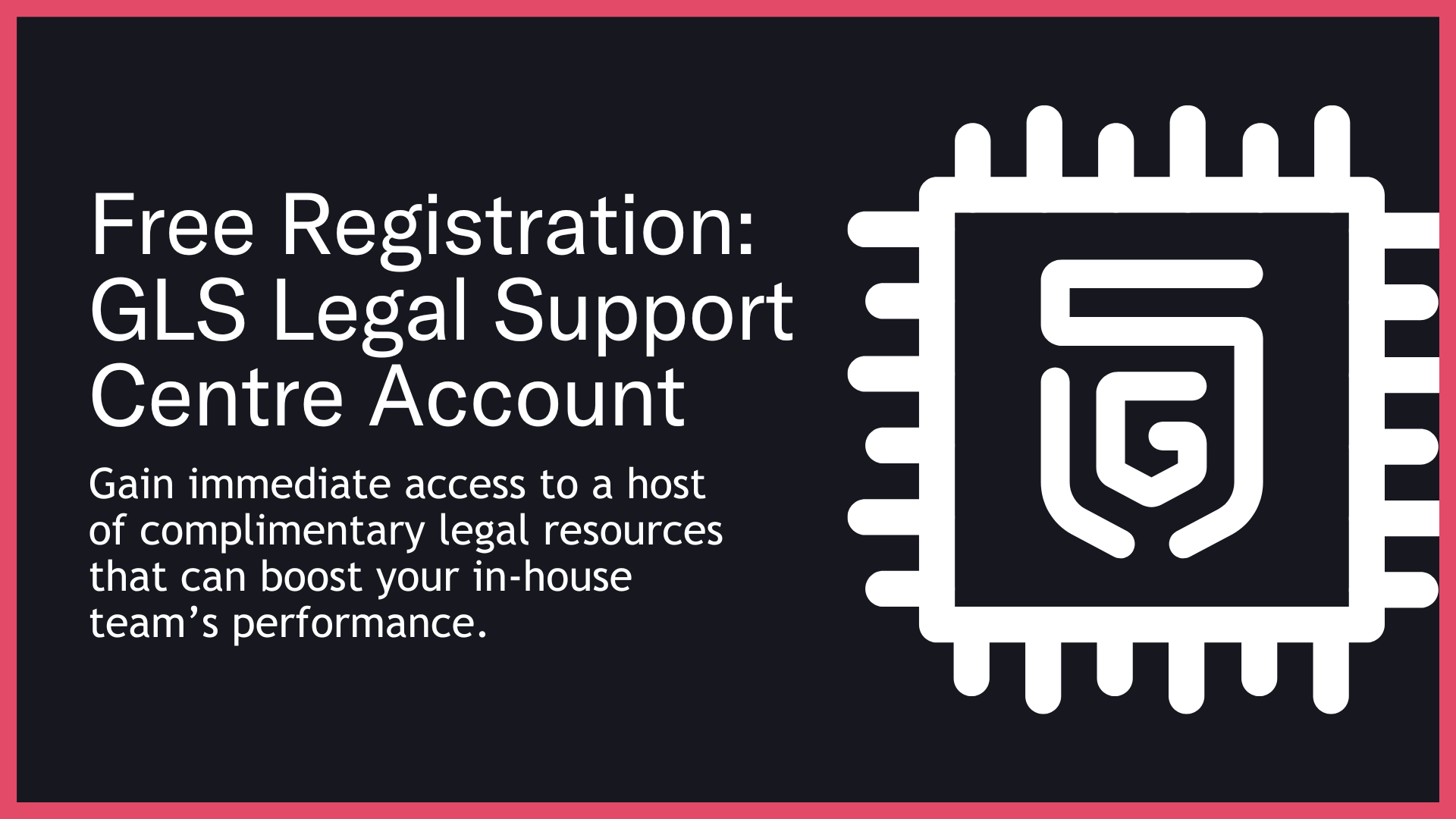GLS Legal Support Centre
Legal Made Easy For Startups
Back
Disciplinary Line
Introduction
“Great teams need discipline. Without it, chaos; with too much, paralysis. The trick is walking the line without tripping over the law.” – Matt Glynn
Startups thrive on energy, trust, and high performance. But people make mistakes, cut corners, or sometimes flat-out misbehave. Staff discipline is the process of addressing those issues - and in today’s employee-favourable legal climate, that process has become complex, highly procedural, and in some places, absurdly over-engineered.
Gone are the days of a quick “pull your head in” talk - now you’re expected to issue written notices, offer counselling, give multiple opportunities to improve, document every interaction, and ensure you’ve provided a “fair process” at every step. In many jurisdictions, even minor missteps in handling the process can turn a valid disciplinary action into a costly legal battle.
Staff Discipline – What Is It?
PAA: What does staff discipline mean in a workplace?
Staff discipline is the process by which an employer addresses employee misconduct, performance issues, or breaches of policy through corrective measures - ranging from informal counselling to formal warnings, suspension, or termination.
PAA: Why is staff discipline important for startups?
Because a bad hire left unchecked can damage culture, productivity, morale, and the business’s legal standing.
Why This is Important
This is an important stage of the start-up journey because:
◼️ Protects culture - You can’t let poor behaviour slide; it’s contagious.
◼️ Safeguards productivity - Unchecked misconduct derails focus and delivery.
◼️ Mitigates legal risk - Proper process protects you if challenged.
◼️ Sends a signal - High standards apply to everyone, no exceptions.
◼️ Supports fairness - Everyone knows the rules and consequences.
PAA: What’s the most common mistake in staff discipline?
Acting too quickly without following the required legal or procedural steps.
Consequences of Not Addressing This Issue
◼️ Legal Implications
- Wrongful dismissal claims
- Unfair dismissal awards due to procedural errors
- Discrimination or retaliation allegations if process isn’t consistent
◼️ Founder Relationship Issues
- Perceived favouritism if issues are handled inconsistently
- Loss of trust in leadership
◼️Commercial Implications
- Productivity drain
- Brand or reputational harm if disputes spill public
◼️Operational Implications
- Distracted leadership time spent on damage control
- Internal morale hit when poor performers remain unchecked
◼️Biz Valuation Issues
- Potential liabilities on the books
- Investor unease over “toxic culture” risks
PAA: Can you fire someone immediately in a startup?
Only in extreme cases — and even then, most jurisdictions require a fair process to avoid legal exposure.
What You Should Be Doing
◼️ Know your legal obligations
- Research your jurisdiction’s unfair dismissal and disciplinary rules.
- Understand notice periods, warning requirements, and hearing rights.
◼️Have clear policies
- Ensure a disciplinary policy exists (even if basic).
- Define misconduct categories: minor, serious, gross.
◼️Document everything
- Keep records of performance issues, conversations, warnings, and training offered.
◼️Follow a consistent process
- Verbal warning → Written warning(s) → Final warning → Termination (as applicable).
- Offer the employee a chance to respond at each stage.
◼️Balance firmness with fairness
- Address issues promptly but avoid knee-jerk decisions.
- Treat like cases alike to avoid discrimination claims.
◼️Bring in expertise early
- HR advisor or employment lawyer guidance before serious action.
◼️Train your managers
- Ensure they understand process, tone, and documentation discipline.
◼️Be prepared for pushback
- In employee-favourable jurisdictions, anticipate grievances, appeals, or external complaints.
PAA: What is a “procedurally fair” dismissal?
One where the employer has investigated the issue, given the employee a chance to respond, followed policy, and acted without bias.
Case Studies
Google – The Walkout Fallout
After the 2018 Google Walkout over handling of harassment claims, the company changed how it disciplined misconduct — introducing public policy commitments and arbitration changes. It showed how mishandling or perceived mishandling can escalate to public protests and reputational harm.
P&O Ferries – The Firing Heard Round the World
In 2022, P&O Ferries dismissed 800 crew members via pre-recorded video without proper consultation under UK law. The backlash was immediate: government condemnation, legal investigations, and long-term brand damage.
Woolworths (Australia) – The Dismissal That Stuck
A Woolworths employee dismissed for serious misconduct (theft of loyalty points) challenged the termination. The Fair Work Commission upheld it because the company had followed a clear, documented disciplinary process — a textbook case of “process done right” saving the employer.
Final Thoughts
Staff discipline is one of those necessary evils in running a business - you hope you never need it, but when you do, it’s vital you handle it quickly, consistently, and legally. The right process won’t just protect you from legal blowback - it will protect your culture and your ability to lead with authority. In today’s climate, striking that balance is a survival skill.
How GLS Can Help You
◼️Drafting disciplinary policies & procedures
◼️Step-by-step guidance on live disciplinary cases
◼️Investigation planning & documentation
◼️Manager training on process and tone
◼️Support in hearings and terminations
◼️Jurisdiction-specific legal compliance checks
◼️Risk assessment before final decisions
◼️Appeal and grievance process handling
◼️Documentation templates for all stages
◼️Post-incident culture and team repair

